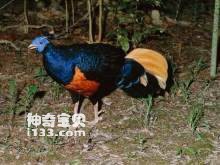
Lophura ignita
Lophura ignita
Lophura ignita is a medium pheasant measuring 70cm in length. The pheasant&#···
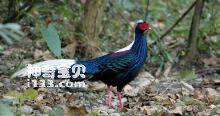
Lophura erythrophthalma
Lophura erythrophthalma
Lophura erythrophthalma, often alone or in pairs or in small groups of 3-6 i···
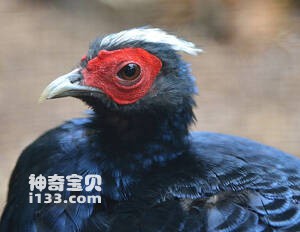
Lophura edwardsi
Lophura edwardsi,Edwards's Pheasant
Lophura edwardsi Edwards' s Pheasant, there are 2 subspecies.Lopheus is ···
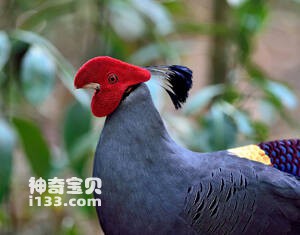
Lophura diardi
Lophura diardi,Siamese fireback
Siamese fireback (Lophura diardi) is a medium pheasant.Thai pheasants usuall···
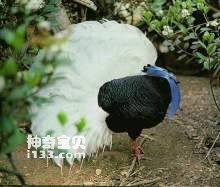
Lophura bulweri
Lophura bulweri,Bulwer’s Pheasant
Lophura bulweri, also known as Bulwer's Pheasant, is a pheasant native t···
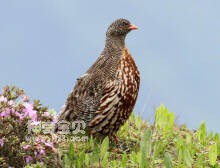
Snow Partridge
Snow Partridge,Lerwa lerwa
Snow Partridge (Lerwa lerwa) has three subspecies.Snow quails are good at wa···
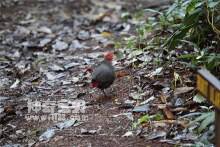
Haematortyx sanguiniceps
Haematortyx sanguiniceps,Crimson-headed Partridge
The red-headed Partridge (Haematortyx sanguiniceps) feeds on hard seeds. Usu···
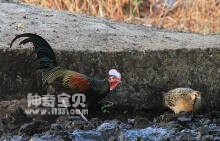
Gallus varius
Gallus varius,Green Junglefowl
The Green fowl (Gallus varius) is a foreign name, Green Junglefowl, without ···
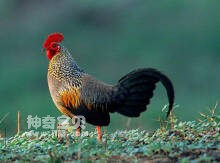
Gallus sonneratii
Gallus sonneratii,Grey Junglefowl
The Grey fowl (Gallus sonneratii) is known as Grey Junglefowl and has no sub···
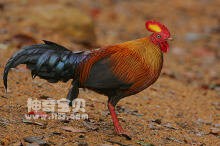
Gallus lafayetii
Gallus lafayetii,Ceylon Junglefowl
The black-tailed fowl (Gallus lafayetii) is Ceylon Junglefowl, no subspecies···
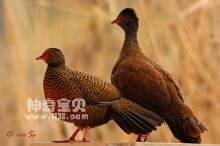
Galloperdix spadicea
Galloperdix spadicea,Red Spurfowl
Galloperdix spadicea, also known as Red Spurfowl, is a timid bird that moves···
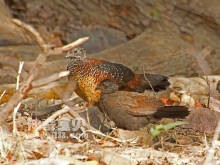
Galloperdix lunulata
Galloperdix lunulata,Painted Spurfowl
Galloperdix lunulata: Painted Spurfowl, no subspecies.Painted quails are tim···
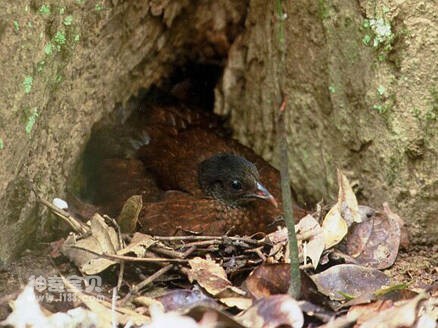
Galloperdix bicalcarata
Galloperdix bicalcarata,Ceylon Spurfowl
The Sri Lankan Galloperdix bicalcarata, also known as Ceylon Spurfowl, is a ···
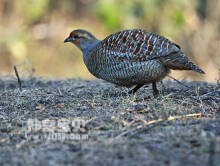
Francolinus pondicerianus
Francolinus pondicerianus,Gray Francolin
The grey partridge, Francolinus pondicerianus or Gray Francolin, likes to tr···
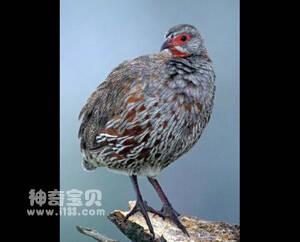
Francolinus pictus
Francolinus pictus
Francolinus pictus prefers to live alone or in pairs, forming flocks like ot···
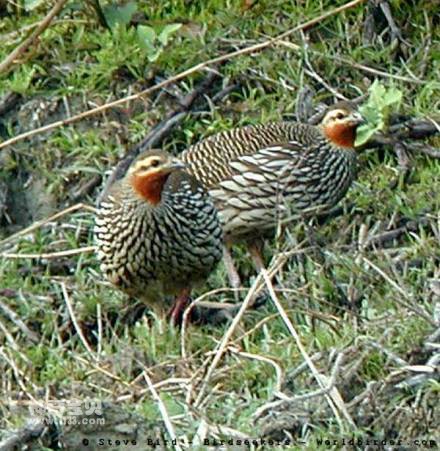
Francolinus gularis
Francolinus gularis
The swamp partridge, Francolinus gularis, is very territorial, and the males···
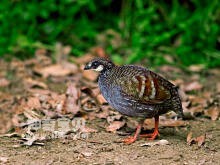
Francolinus francolinus
Francolinus francolinus,Black Francolin
Black partridges are known as Francolinus francolinus and Black Francolin. T···
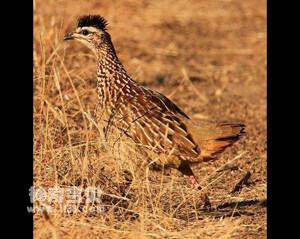
Francolinus sephaena
Francolinus sephaena,Crested Francolin
Francolinus sephaena, or Crested Francolin, is a small, omnivorous pheasant ···
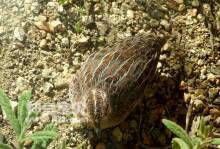
Coturnix pectoralis
Coturnix pectoralis,Pectoral Quail
Coturnix pectoralis (also known as Pectoral Quail) is a quail that often tra···
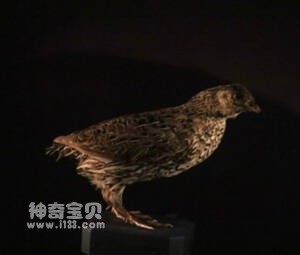
Coturnix novaezelandiae
Coturnix novaezelandiae,New Zealand Quail
New Zealand quail Coturnix novaezelandiae (New Zealand Quail), little is kno···
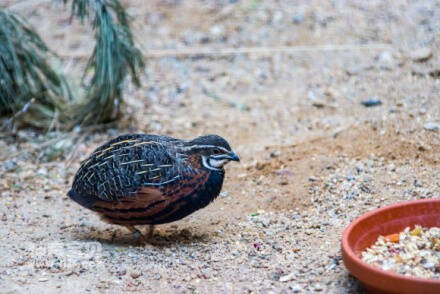
Coturnix delegorguei
Coturnix delegorguei,Harlequin Quail
The Quail's scientific name is Coturnix delegorguei, and its foreign nam···
